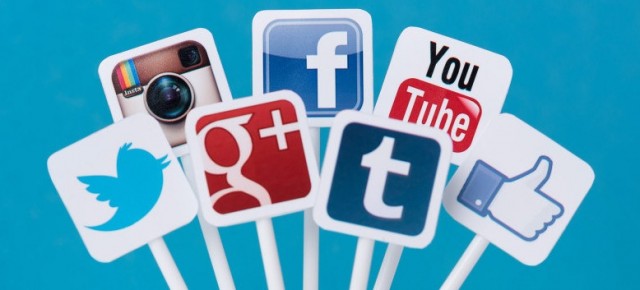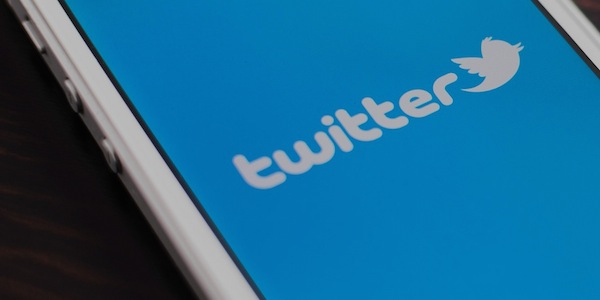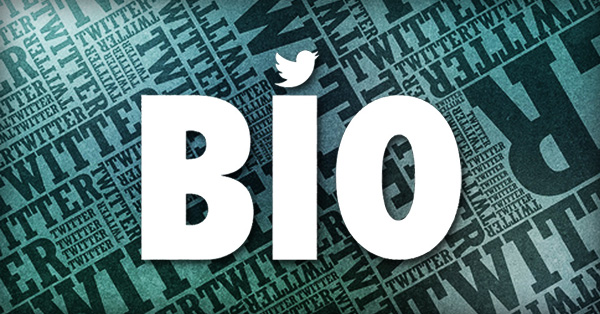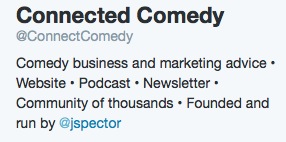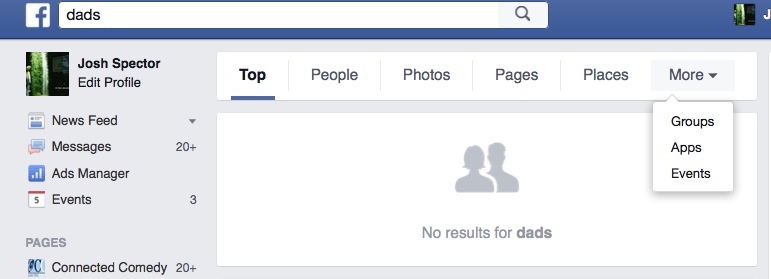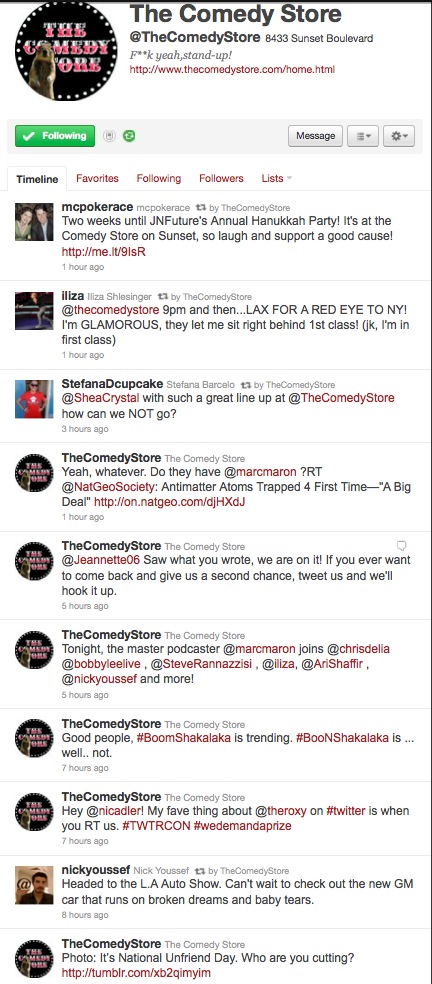It’s one thing to use social media, it’s another to understand it.
Comics spend a LOT of time using social platforms, but I’ve found most have some basic misconceptions about how social platforms actually work.
Here’s a few things you might incorrectly assume and what to do about it to get more out of your social media efforts.
1. You think your followers see your posts.
I’ve got some good news and some bad news for you.
The good news is that just because you don’t see a lot of interaction on your Facebook and Twitter posts, it doesn’t necessarily mean that’s because they’re not good. The bad news is that not nearly as many people are seeing your posts as you think.
Most Facebook and Twitter posts only get seen by 10% or less of the people that are theoretically following you due to Facebook’s news feed algorithms and Twitter’s lack of an algorithm. As a result, you don’t have nearly the exposure you think you do.
This means your follower count is an overrated metric and you shouldn’t be so concerned about it – more on that in a minute.
2. You think your followers are the only ones who can see your posts.
There are a lot of ways to get people who don’t follow you to see your posts including using hashtags and tagging other pages on Facebook. This is another reason why your obsession with your follower count is unnecessary – you’re not limited to only being seen by those who follow you.
It’s also why it’s important to use hashtags and tag other accounts in order to expose your posts to the most possible people.
3. You think social platforms have made websites and email lists pointless.
Despite all the hype you hear about Facebook, Twitter, Instagram, and Snapchat, the best way to ensure your audience actually sees what you want them to see is to get them to subscribe to your email list. Only a small percentage of your social followers will actually see your updates, while a decent email list will have an open rate of closer to 50% or higher.
And having a website is crucial as well because it gives you a platform where you can control how you present yourself and gives you a way to be found in Google searches. Also, depending solely on social platforms is risky because you never know when they’re going to change the way they work or collapse completely (see: MySpace). Having a website ensures your content won’t disappear some day.
4. You think people share content because it’s good.
There are a lot of reasons why people share things on social media and the content being “good” tends to be pretty low on that list. Just take a look at the things your friends are sharing, and I’m sure you’ll find that to be true.
While it’s important to put good stuff out into the world, it’s also worth recognizing that’s not the only reason things get shared. People share things that surprise them, things that make a statement about something they believe in (or disagree with), things that provide value, and things that emotionally connect with them.
Most importantly, they share things that say something about them – what somebody shares is an expression of themselves as much as it’s a reflection of the content itself.
5. You think you shouldn’t repeat posts.
This ties back into the first item on this list – most people don’t see your posts. So, as a result, it’s fine to repeat those posts at different times and it’s actually a good strategy to do so.
Repeating posts will get your work seen by more people and it’s unlikely to annoy your followers since most of them won’t see the repeats in their feed anyway. Repurposing quality social posts is a key strategy that can impact the success you have on social platforms without requiring much more effort on your part.
This can also be done with old social media posts and you can read exactly how to do that here.
6. You think Facebook ads are a waste of money.
They’re not. Trust me. They actually might be the single most valuable feature Facebook offers and one of the least used by comics.
Here’s an example of what’s possible with even a small Facebook ads budget.
7. You think the goal is to go “viral.”
Forget about going viral – it’s probably not going to happen. And even if it did, it’s not going to get you anywhere near the benefits you think it will.
You should focus your social efforts on the long term as opposed to worrying about short term success. Use social platforms to find the specific audience you want to connect with (your target should never be “everybody”) and focus your efforts on them.
If your work happens to go viral, that just means that you’re reaching a lot of people that likely aren’t going to fit what you’re trying to do anyway, so all those views/listens/visits are ultimately meaningless. Building a relationship with the right 1,000 people will serve you better than getting something seen by the wrong 100,000 people.
8. You think social platforms are broadcast platforms.
Most people use social platforms to distribute their content to other people. But social media’s real strength is the ability it gives you to connect with other people.
The “social” part is more important than the “media” part.
It’s easy to get caught up in your follower count and desire to promote your creations, but don’t forget that social media also enables you to follow and interact with just about anybody in the world. That’s an incredible opportunity and one you should take advantage of.
Use social media to interact with people, to engage with potential fans, to develop relationships with people you admire, to network, and to connect. You’ll get way more value out of that approach than you do by using social media as a megaphone to scream about your own stuff.
READ THIS NEXT: How to hire a great social media consultant.


